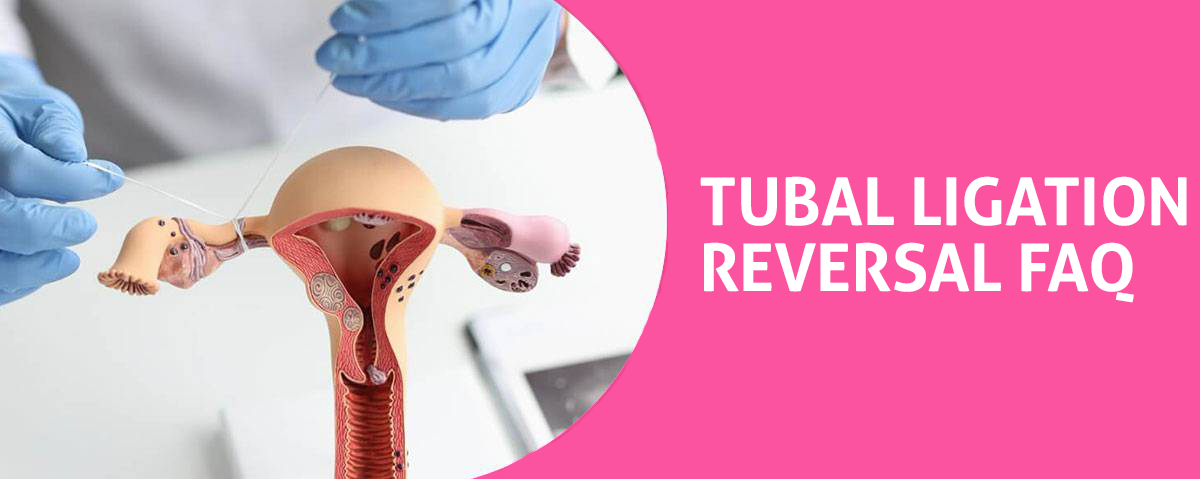How Dangerous Is Tubal Ligation?
Did you know that over 600,000 women in the U.S. undergo tubal ligation each year? It’s a common procedure, but just like any surgery, it’s not without risks. You’re probably wondering how dangerous it really is. We’ll delve into the specifics of the procedure, discuss potential complications, and evaluate the success rate. This will give you a solid understanding, helping you make an informed decision about your health. So, let’s unpack the facts about tubal ligation.
Tubal Ligation Procedure Details
After considering the emotional impact of tubal ligation, you’re now probably curious about the specifics of the procedure itself. Tubal ligation involves surgical techniques where your fallopian tubes are cut, tied, or otherwise blocked to prevent pregnancy. This usually requires a small incision in your abdomen, under general anesthesia.
The procedure can be performed as a minimally invasive surgery called laparoscopy, or as a more invasive operation known as laparotomy. Your surgeon’s choice depends on your health condition and surgical history. After the operation, post procedure care is essential. You’ll have to rest and avoid strenuous activities. Mild pain and discomfort are normal but should subside within a week. If they persist or become severe, contact your healthcare provider immediately.
Potential Risks and Complications
Despite the simplicity of tubal ligation, you’re not entirely out of the woods when it comes to potential risks and complications. Post-surgery complications can include infection, bleeding, or reaction to anesthesia. There’s also the small chance of an ectopic pregnancy, where the egg implants outside the uterus.
In rare cases, the fallopian tubes may rejoin themselves, leading to an unwanted pregnancy. Long-term risks may include increased menstrual pain and heavier periods.
Risk mitigation strategies involve thorough pre-surgical assessments, careful surgical technique, and appropriate post-operative care. You should notify your doctor of any severe or persistent symptoms. Remember, it’s crucial to understand these risks before making a decision about tubal ligation. Your healthcare provider can provide more in-depth information tailored to your specific health situation.
Evaluating the Success Rate
Considering the potential risks, you’re likely wondering about the success rate of tubal ligation. The ligation effectiveness is quite high, with a success rate of over 99%. This means that less than 1% of women who undergo this procedure end up becoming pregnant post-surgery. However, bear in mind that while the probability is low, it’s not nonexistent.
Regarding post-surgery fertility, it’s important to understand that tubal ligation is meant to be a permanent form of contraception. While there are procedures to reverse it, they aren’t always successful. In fact, the likelihood of achieving pregnancy after a reversal ranges widely from 40-80%.
In essence, when evaluating the success rate, tubal ligation is a highly effective and generally safe form of birth control with very low chances of post-surgery fertility.
Other Popular Questions About Tubal Ligation Reversal:
How Dangerous Is Tubal Ligation?
How Common Is Weight Gain After Tubal Ligation?
How Common Is Tubal Ligation Failure?
How Common Is Regret After Tubal Ligation?
How Common Is Recanalization After Tubal Ligation?
How Common Is It to Get Pregnant 7 Years After a Tubal Ligation?
How Can You Tell if Your Tubal Ligation Failed?
How Can You Still Have Periods After Tubal Ligation Anatomy?
How Can You Have a Period After Tubal Ligation?
How Can I Tell What Type of Tubal Ligation I Had?
How Can I Reverse Tubal Ligation?
How Can I Prevent Early Menopause After Tubal Ligation?
By using this webiste you agree to Terms and Conditions
